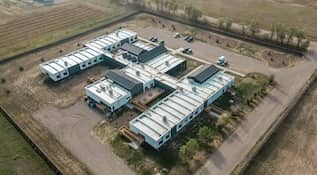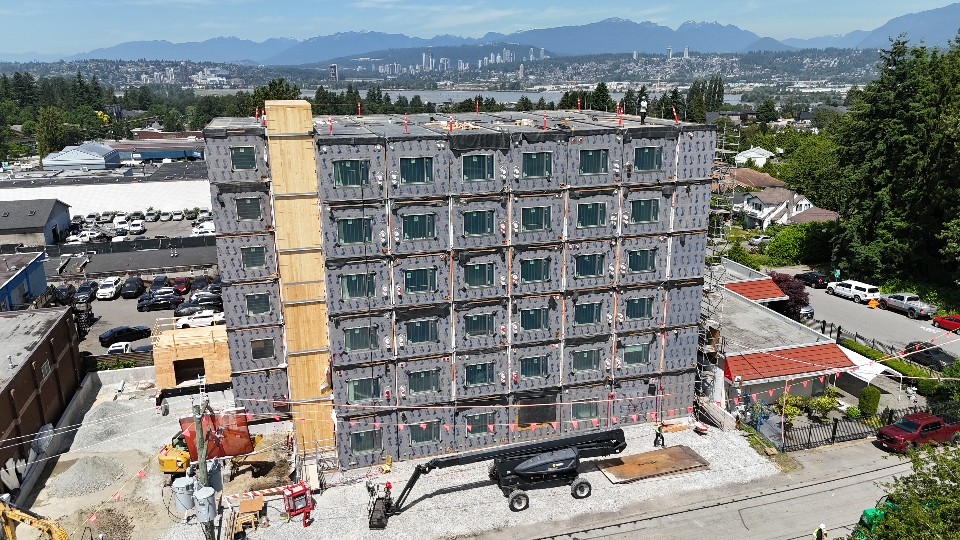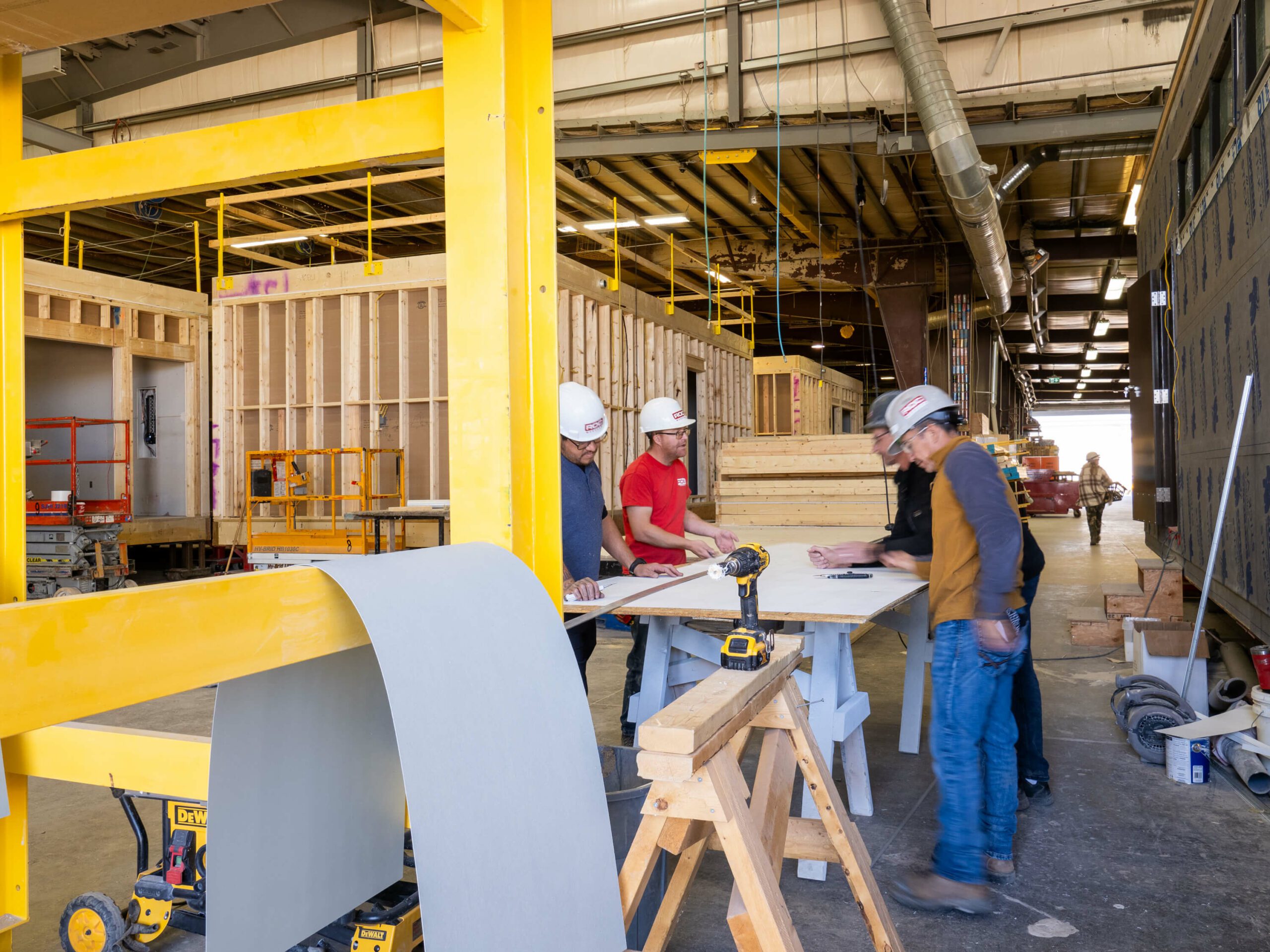In June 2025, the Government of Canada unveiled one of its most ambitious military investment strategies in recent history. With a defense budget rising to over $9 billion annually and a commitment to reaching 5% of GDP in military spending, the federal government made its priorities clear:
Rebuild. Rearm. Reinvest.
But not all reinforcements are built from steel and firepower. Some are made from foundations, flooring, and framing… the very bones of where our service members live.
Canada’s armed forces are undergoing a historic transformation, and at the heart of that change is the need for modern, resilient, and rapidly deployable housing. This is especially for personnel based in remote areas of regions with strategic importance. As the federal government turns its attention to domestic infrastructure and defence capability, the time is now to explore modular construction as a foundational part of that future.
The Housing Gap Within Canada’s Armed Forces

Many of the residential units currently serving Canadian troops were built in the 1950s and ‘60s. Today, these facilities are aging, inefficient, and in some cases, inadequate for modern military life. Despite recent investments in defense, military housing has remained an overlooked component of operational readiness.
This presents a growing set of challenges that include:
- Outdated buildings that increase maintenance costs and energy inefficiencies.
- Slow construction timelines that make it difficult to expand or modernize housingin pace with military demands.
- Remote and northern locations that face significant logistical barriers to conventional builds.
- Younger recruits and military families expect higher standards of living, impacting retention and morale.
As the government seeks to rebuild and reinvest, a central question is “How can Canada deliver housing that meets the operational, environmental, and human needs of a modern military that’s quick, affordable and at scale?”
The Strategic Advantage of Modular Construction

Modular construction offers a compelling answer, not because it’s trendy, but because it directly addresses the constraints of military infrastructure.
Instead of building on-site over months or years, modular units are manufactured in factory environments, then transported and assembled on location. This approach creates efficiency not just in time, but also in quality control, cost predictability, and flexibility.
Speed as a Strategic Advantage
One of the defining characteristics of modular building is parallel progress. While site preparation begins, the structures themselves are fabricated simultaneously. For military applications, this means:
- Faster deployment of housing for new recruits or base expansions.
- The ability to respond quickly to crises or natural disasters.
- Reduced disruption on operational bases during construction.
Adaptability and response times are critical. So, the ability to stand up housing infrastructure in weeks, not years, has operational value.
Designing for Durability and Climate Readiness
Military bases are not located based on convenience. Many are in extreme or remote environments like coastal regions, Arctic zones, or inland wilderness. In these locations, traditional construction is not only slow, but often unsustainable.
Modular buildings, designed and constructed in climate-controlled environments, can be tailored to:
- Withstand harsh weather and temperature extremes.
- Exceed energy-efficiency standards like BC Step Code or Net Zero Ready goals.
- Integrate sustainable materials and smarter mechanical systems from the outset.
This ensures that housing is not only build to last, but built to perform.
Flexible Infrastructure for a Mobile Force
One overlooked strength of modular design is its flexibility. Military housing needs evolve, troop numbers fluctuate, training programs shift, and bases are restructured.
With modular:
- Facilities can be expanded, reconfigured, or relocated as needed.
- Spaces can be repurposed for medical, briefing, or operations use.
- Specialized needs like isolated wings or cybersecurity infrastructure, can be embedded from the start.
This supports a more agile and responsive defense infrastructure strategy, in line with Canada’s modern military priorities.
Supporting Domestic Capacity and Sovereignty
The federal government’s 2025 defense strategy emphasizes building capacity within Canada’s own defense as well as industrial sectors. This includes infrastructure, logistics, and technological innovation.
By leaning into modular construction, Canada can:
- Support domestic manufacturing and trades through modular builders
- Build a repeatable model for base housing across the country
- Reduce dependency on long, risky supply chains or foreign construction firms.
This really isn’t just about speed or cost, it’s about resilience and future-proofing Canada’s infrastructure.
A Crossroads: Reimagine or Rebuild?
So, what does this all mean? It means, Canada has an opportunity to rethink how it builds for its military. The housing stock that serves today’s armed forces doesn’t align with the operational or social demands of modern strategies.
The traditional approach (slow, expensive, location-bound) can no longer keep pace. But a modular model, one grounded in efficiency, climate readiness, and operational flexibility, can.
The question isn’t whether modular is viable. It already is. The question is whether we’re ready to view it as a strategic asset… even for the military… and build accordingly.






